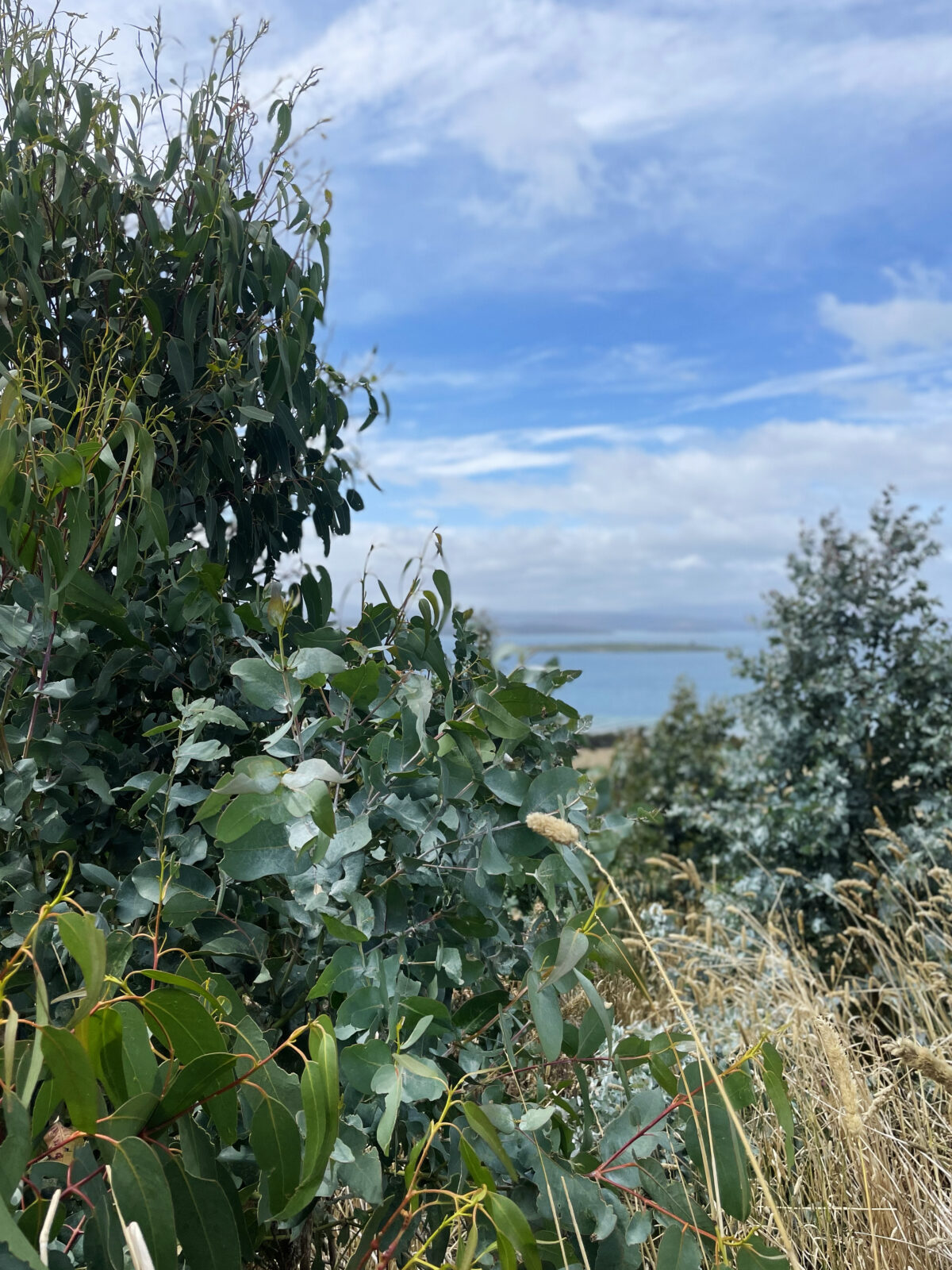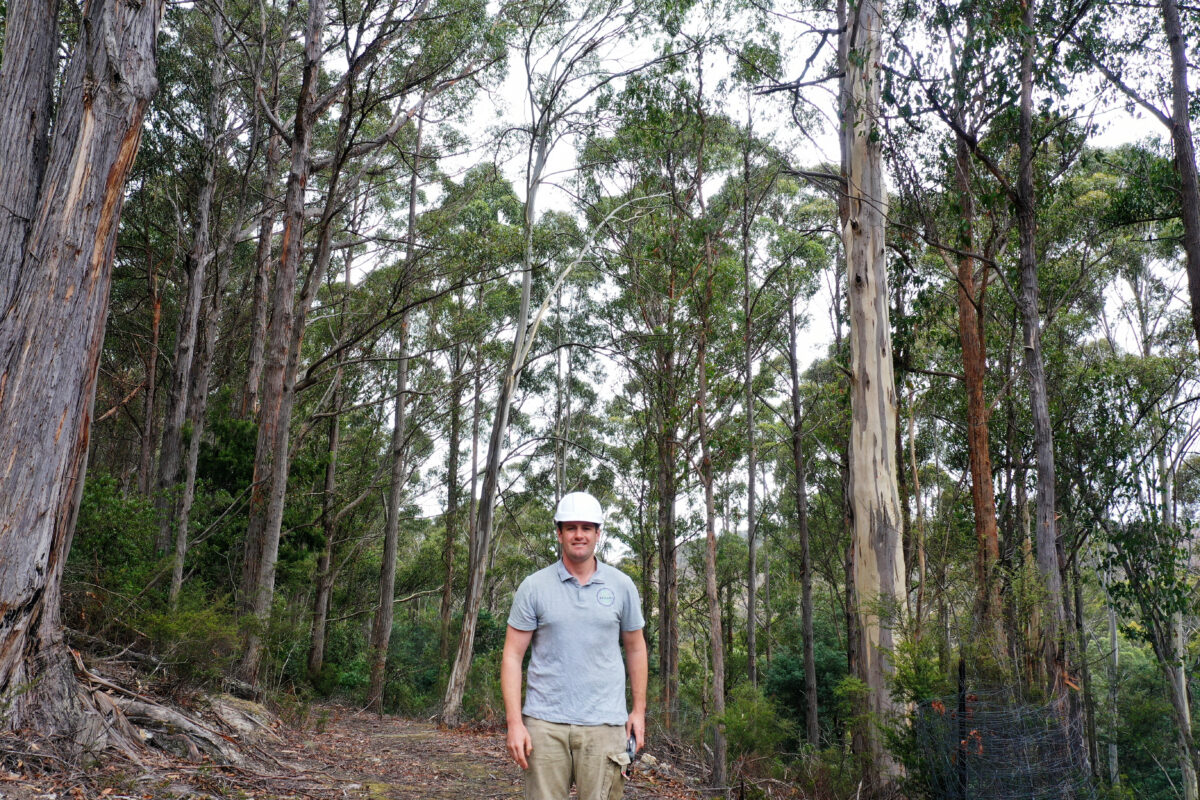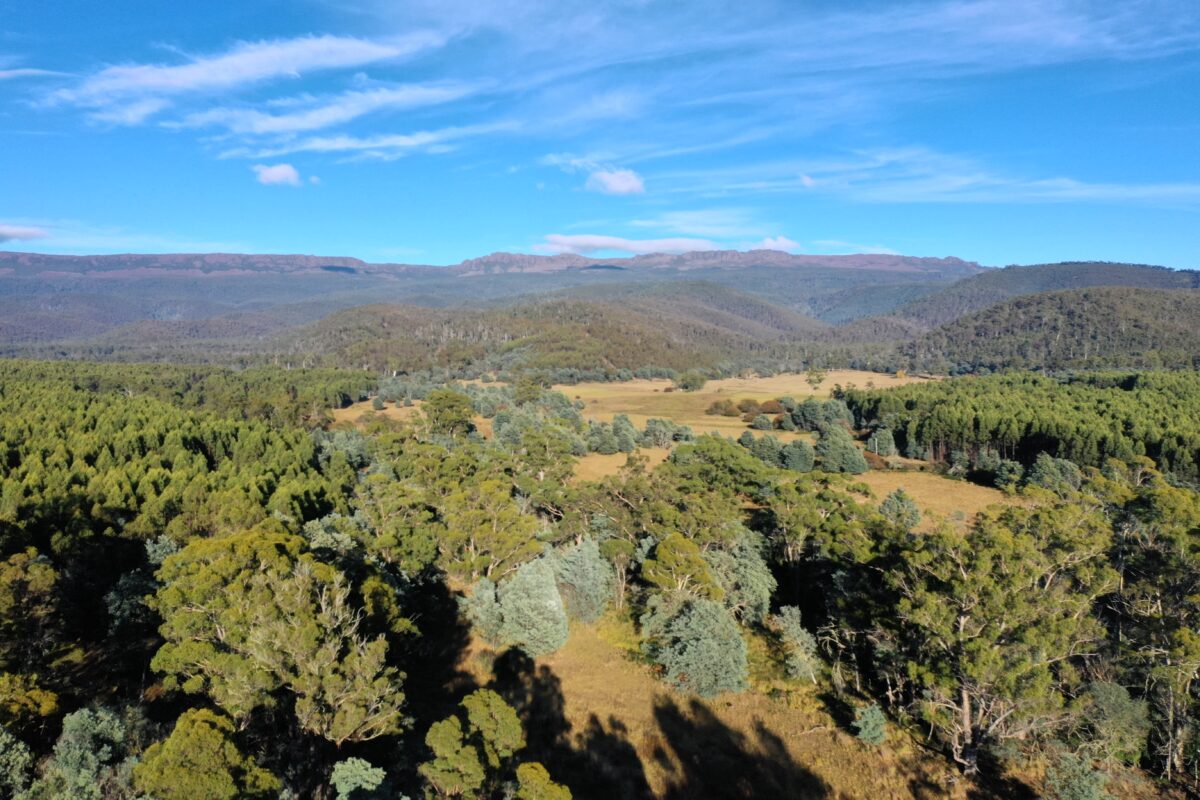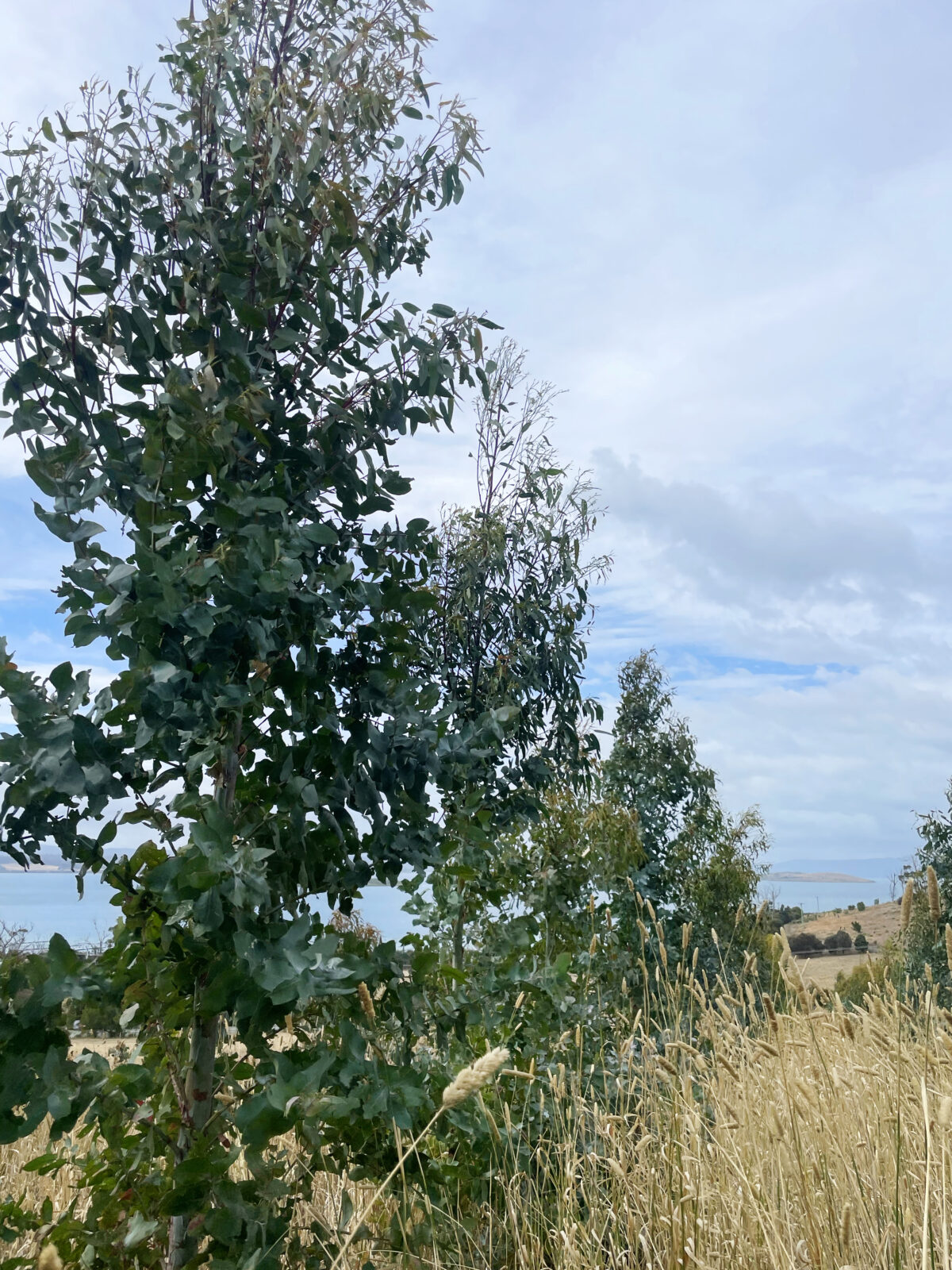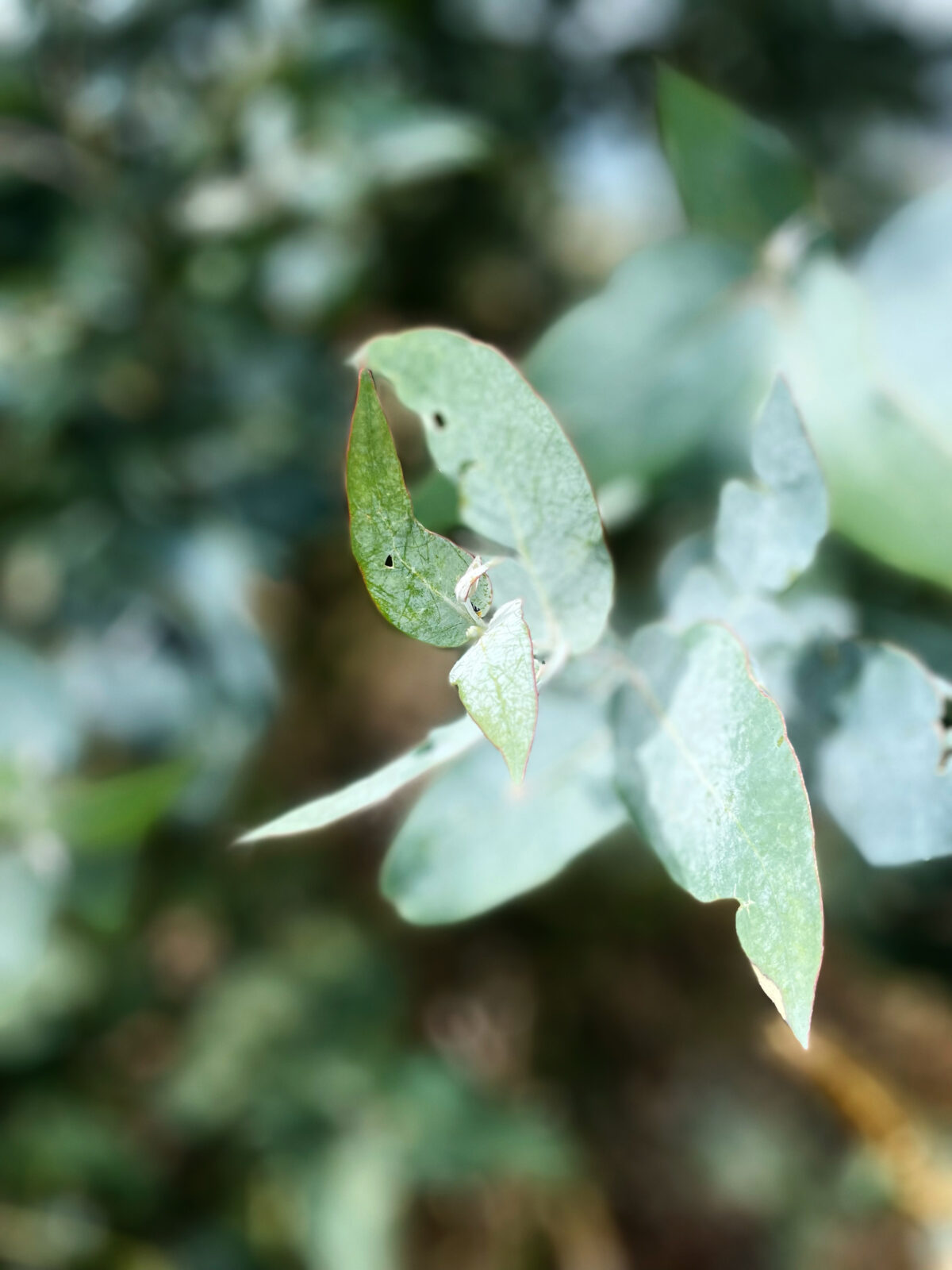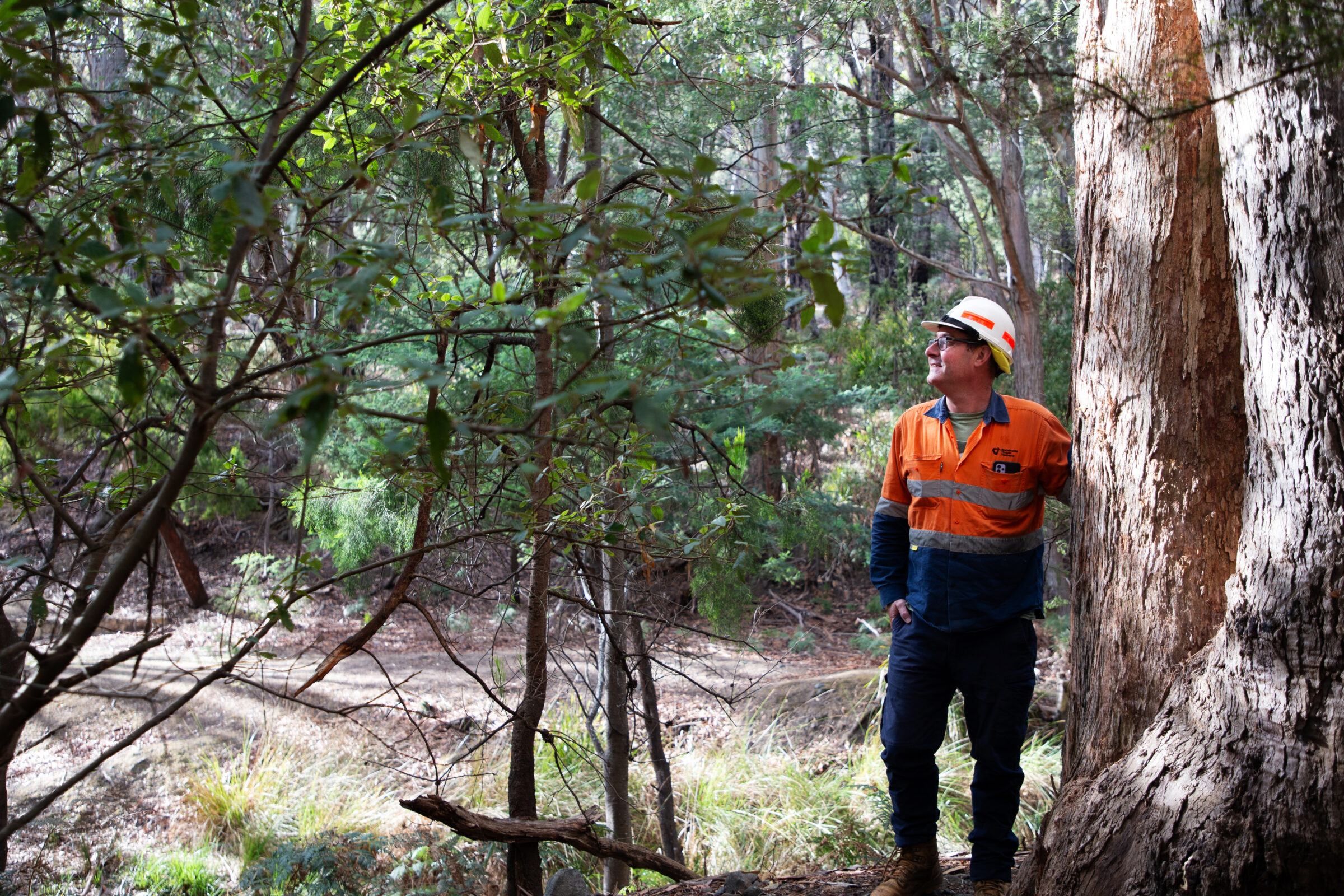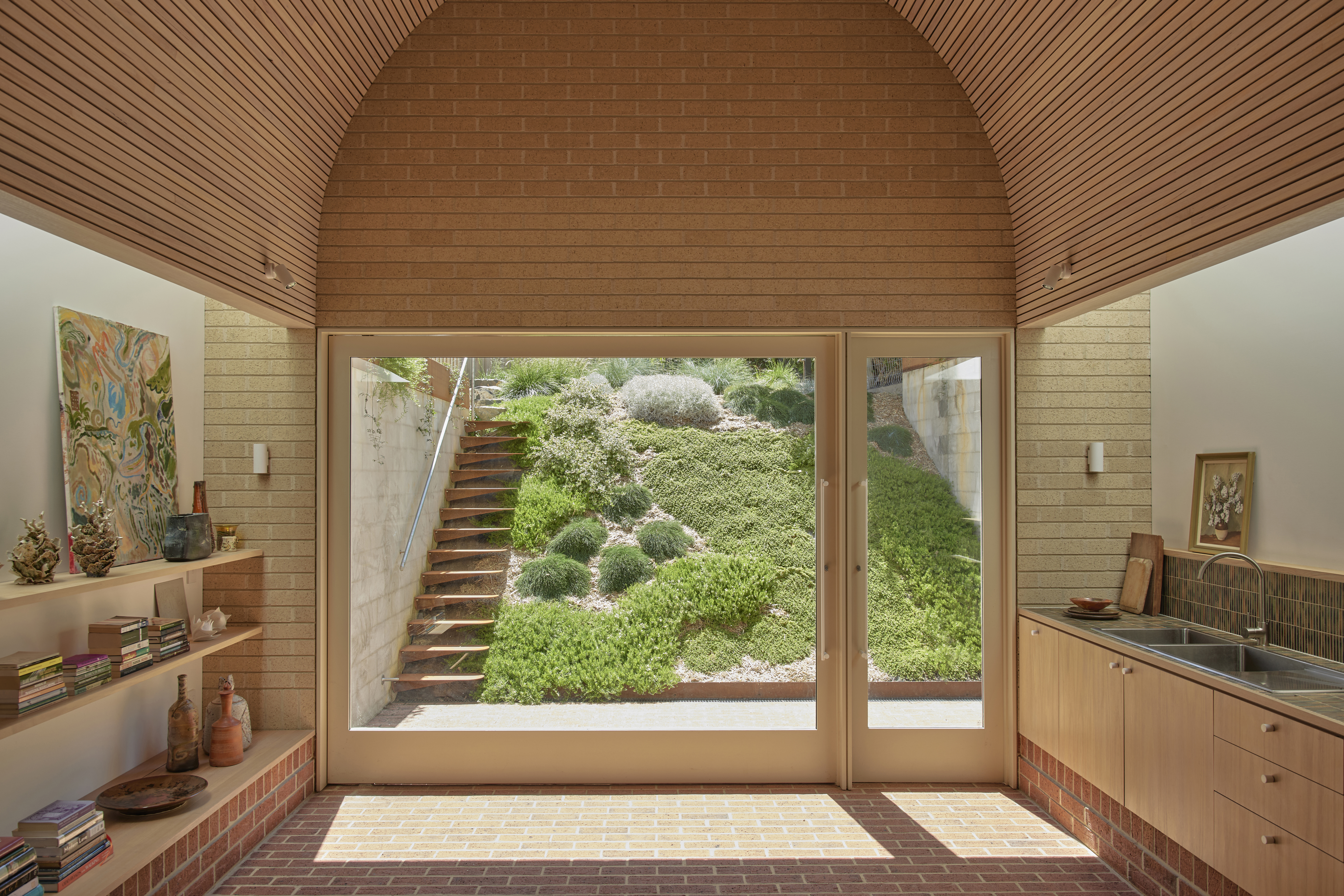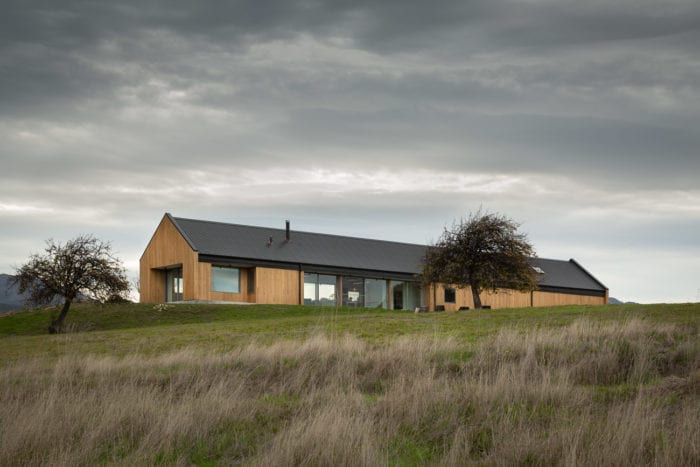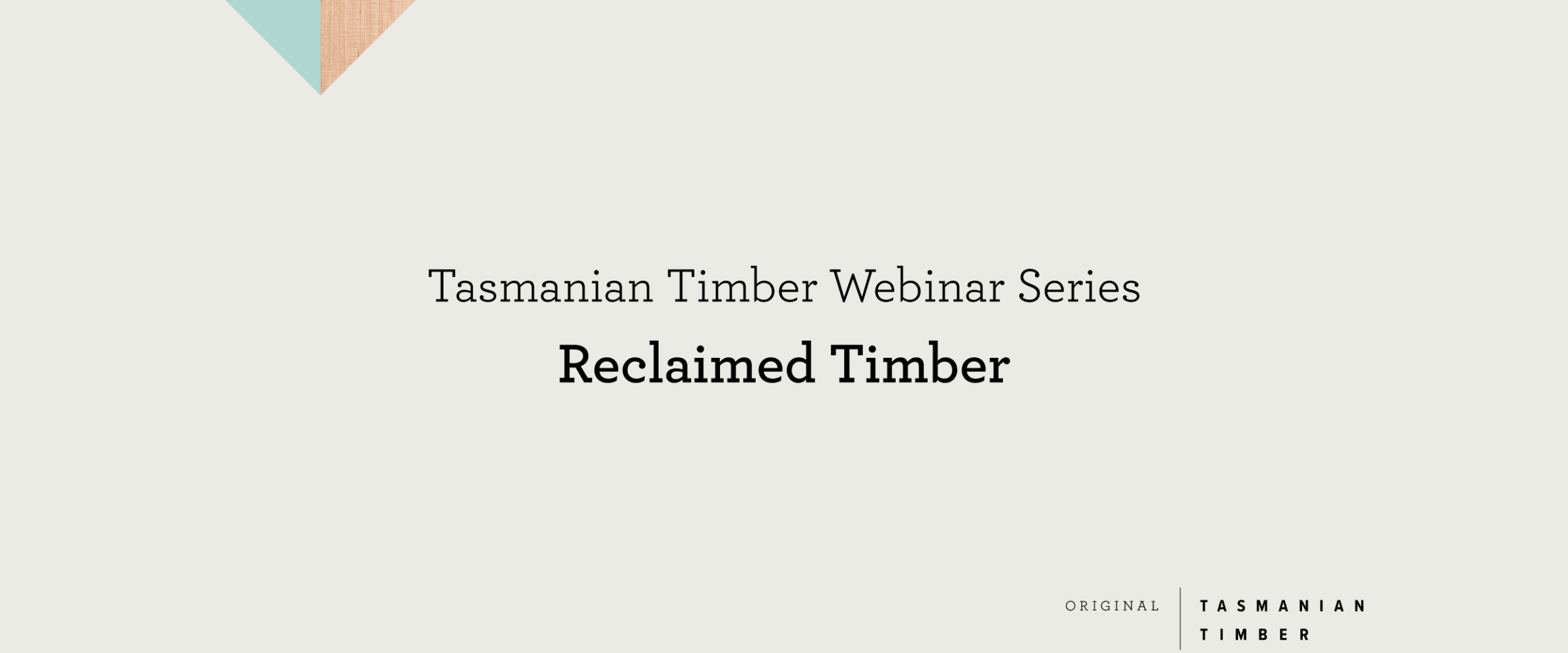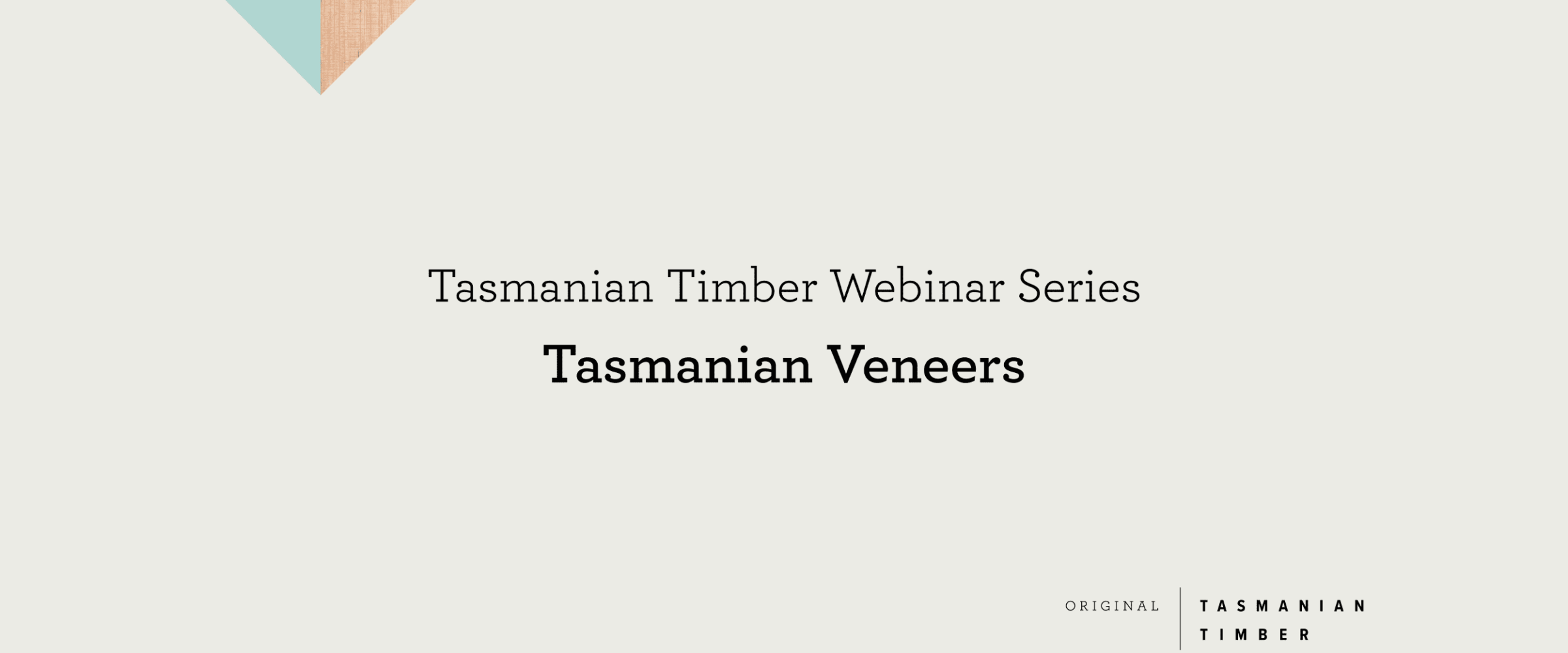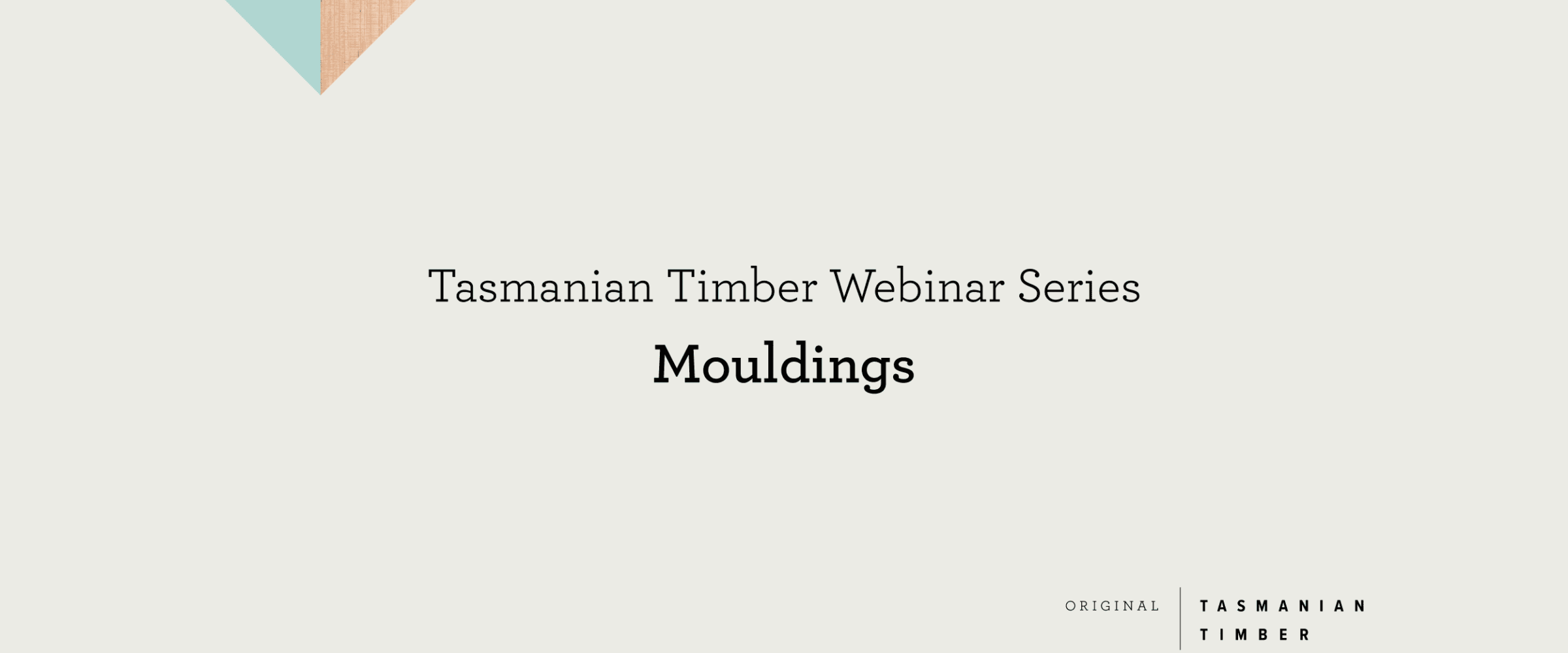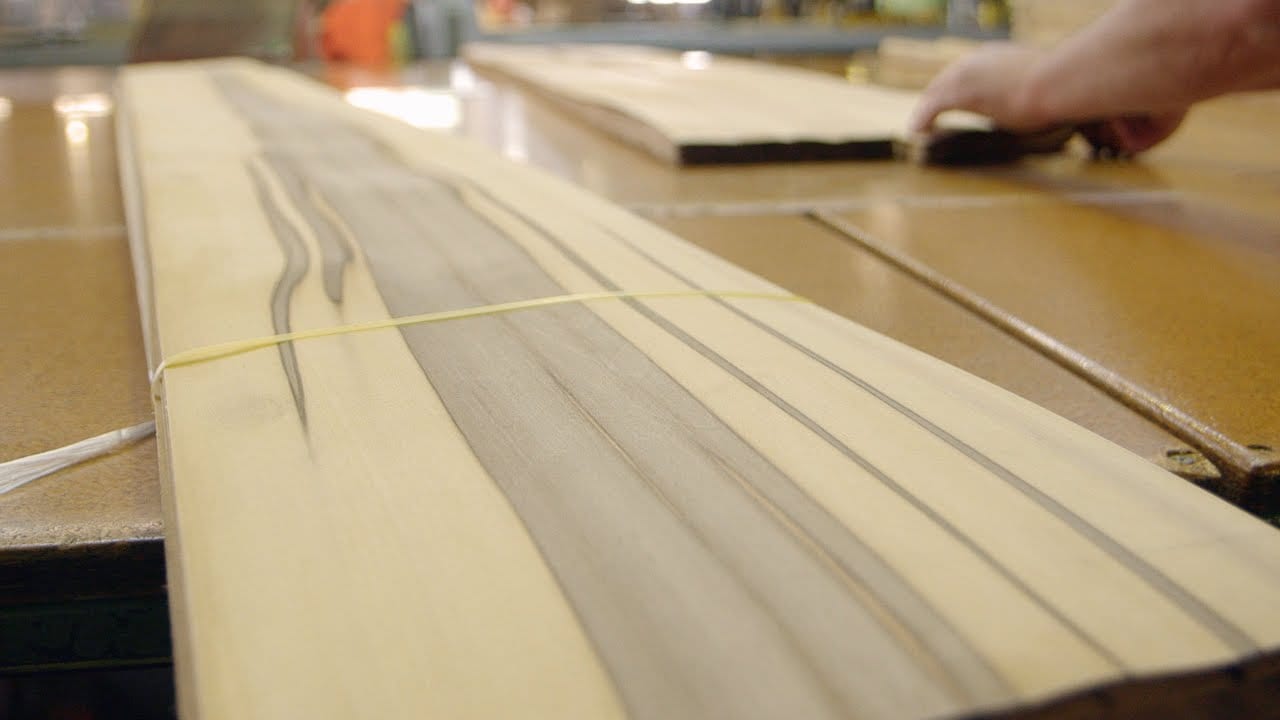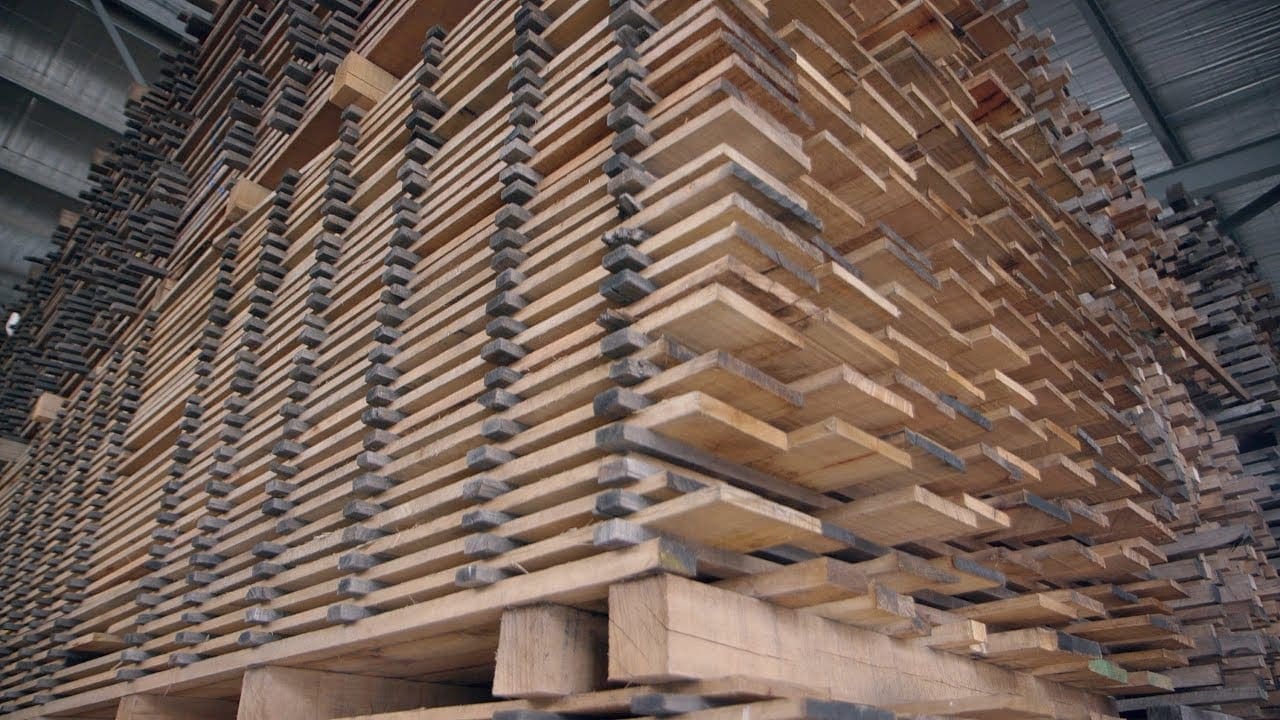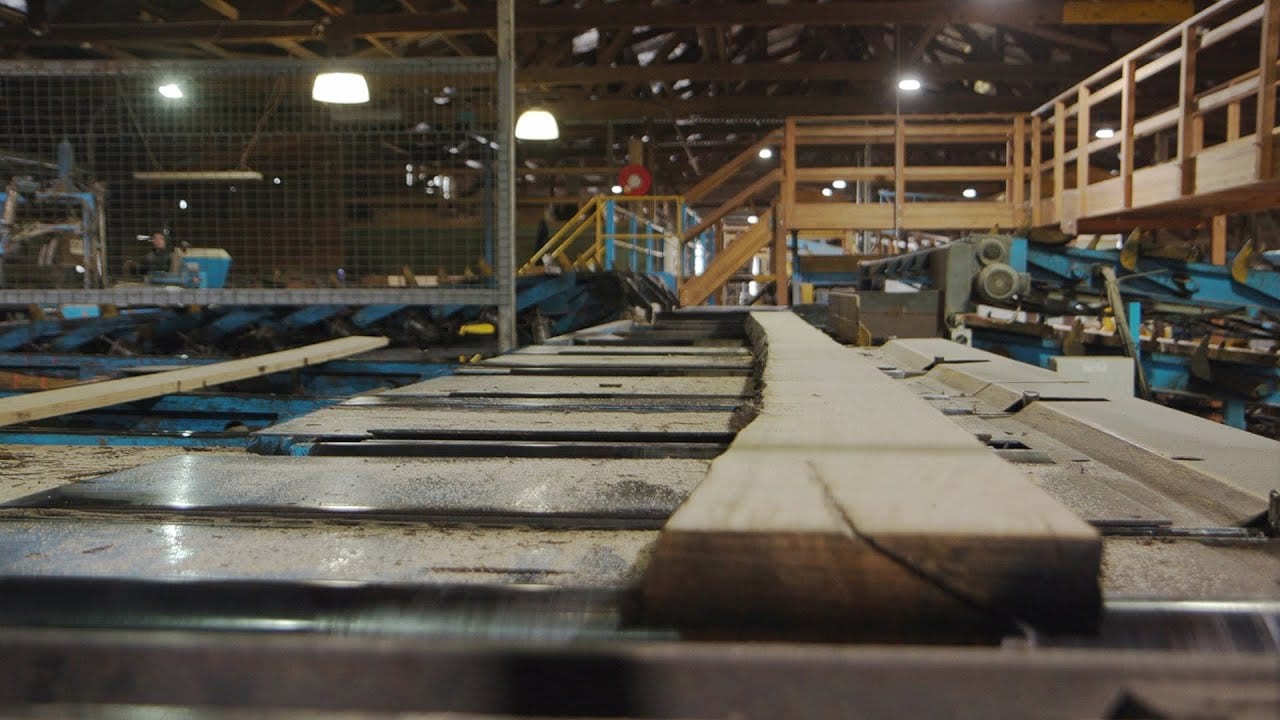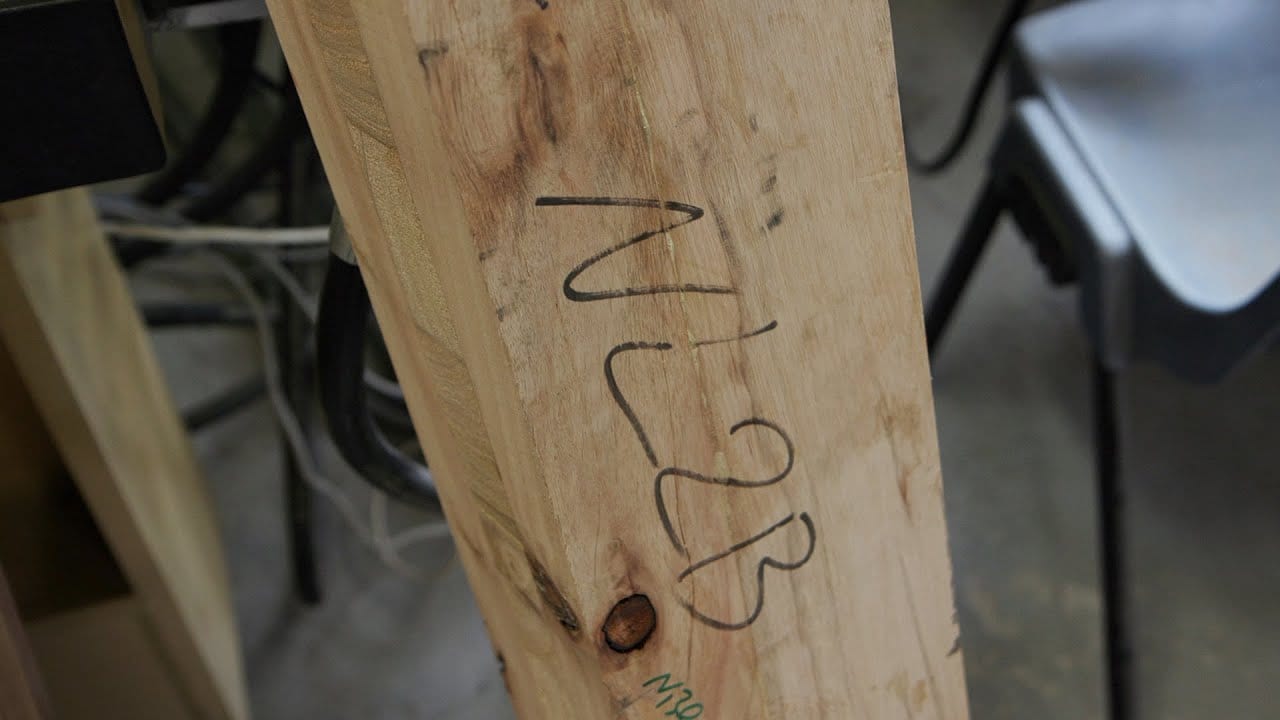Plantations, Farms and Forestry – Justin Baily, Forest Steward and consultant on Tasmania’s Private Forest Estate
Tasmania’s private forests and plantations play a crucial role in the state’s timber industry. Tasmania’s private forest estate is a significant contributor to the state’s forestry landscape, covering about 32% of the forest area.1 The estate comprises of industrial and non-industrial growers, that is industrial companies who own native forests and/or plantations and process their timber, and non-industrial owners such as farmers, individuals, family, and investment companies that usually sell their wood for processing by others.2
Justin Baily is a forest steward and owner of Baileaf, a forestry consultancy, who helps private landowners and trusted partners manage their forests and land in a way that promotes biodiversity, builds community and value for future generations.
Holding a Bachelor of Science in Plant Science and Microbiology and having worked for many years as a technical forester before starting Baileaf, Justin brings a wealth of experience and insight to the complex Tasmanian forestry conversation. Emphasising the need for community collaboration to achieve sustainable timber supply from private farms, Justin is urging farmers and landowners to seek guidance and support for this important endeavour to help meet the demand for Tasmania’s timber resource.
Balancing farming and forests
Tasmania’s private forests and plantations play a crucial role in the state’s timber industry. The private forest harvest made up 70% of the total state production in 2022-23. Plantations are significant contributors to the private forest harvest, accounting for 94% of the total which amounted to 3.7 million tonnes of logs in 2022-23.3
Justin aims to bridge the gap between private farming communities and tree planting. Establishing Baileaf with this goal, he works to build rapport among Tasmania’s farming community, emphasising the benefits of trees on farms and how effective management can benefit Tasmania’s agriculture. By encouraging farmers to consider tree planting, Justin believes this can be a step forward in utilizing Tasmania’s forests and land more effectively, offering economic and ecological advantages for both farmers and the state’s forestry sector.
“Tasmania is endowed with very nice forests. We have good growing conditions and good soils for tree growing. There are opportunities within the private farming community to better utilise trees. Tasmania has the opportunity at a national scale to become a market leader for those wood products,” says Justin.
“We also have that element of private native forest, which is still within our farming landscape, which is not necessarily so widespread in the mainland states of Australia. I think there’s opportunities there to better utilise what we have, but also to protect the forest health of those particular forest environments,” says Justin.
The value of trees
Within Tasmania’s private forests, there are also private timber reserves, with a total of 429,094 hectares as of June 2023.5 These reserves play a crucial role in protecting valuable forest areas, including riparian zones and habitats for rare, threatened, or vulnerable species.6
Additionally, trees on farms can offer shelter for livestock, improve water efficiency, prevent erosion, and even contribute to animal welfare, reducing lamb mortality during harsh conditions. And with the federal government’s goal to plant a billion trees by 2030 to meet the mounting demand for timber in the built environment, Baily says it’s more important than ever for strategic planting.
Justin says growing trees on farms and in landscapes is not always what people expect.
“There is a significant portion of forestry, which is a partial harvest system, and to any layman who’s not involved in forestry, they could very easily drive, across, forested estates or silvicultural estates, and not realise that there’d been any forestry happen at all.”
The carbon market
For farmers interested in planting trees, the advantages of trees grown for timber in combating climate change are multifaceted. One significant aspect is their role in the carbon market, providing an economic avenue for farming communities. Establishing timber plantations requires a substantial initial investment. Payments under systems like Australian Carbon Credit Units (ACCU) become crucial inputs that ease the financial strain on farmers, given the significant time it takes for returns on the initial investment to materialise.
Moreover, the carbon market presents not just financial incentives but also social opportunities. This combination of economic and social incentives underscores the vital role of trees grown for timber in addressing climate change while benefiting both farmers and the environment.
“The advantage and opportunities within the carbon market are in that financial incentive, but I think there’s also a social element, which is important as well. It provides opportunities to the farmers in branding, but also in the marketing of not only their timber asset, but also other outputs from the farm at the farm gate,” says Justin.
The provenance of timber
In today’s timber market finding the provenance of Tasmanian timber and the chain of custody from tree to processor is simple. Justin says being able to cite that the timber comes from a farm, and having a unique story of provenance, is an additional benefit.
“The architect will be in a position to say, not only are we using these materials for this… but this is why we’ve selected these materials. These materials have come from these particular areas within this farm. This farmer took them down for these reasons and that gives market differentiation of provenance and story.”
Navigating the supply chain
Justin encourages architects and consumers interested in sustainably sourced timber to inquire with sawmills or organizations like Private Forests Tasmania or Tasmanian Timber for guidance.
“Forestry inputs are very similar to traditional cropping inputs, but you need to understand that we’re talking about a much longer time frame here. Having good advice is quite important to farmers because they’ll realise that there are some synergies there that maybe they didn’t realise,” says Justin.
“There’s some regulatory inputs that farmers are just not likely to know, and the industry is so heavily regulated that to seek that guidance is quite an important step,” says Justin.
“Please seek advice if you’re in the farming community or private landowners with an interest in managing timber assets. We’re here to help,” says Justin.
Whether you’re a farmer considering tree planting, an architect seeking sustainably sourced timber, or simply an advocate for sustainable forestry practices, the private forestry sector in Tasmania is full of opportunities.







